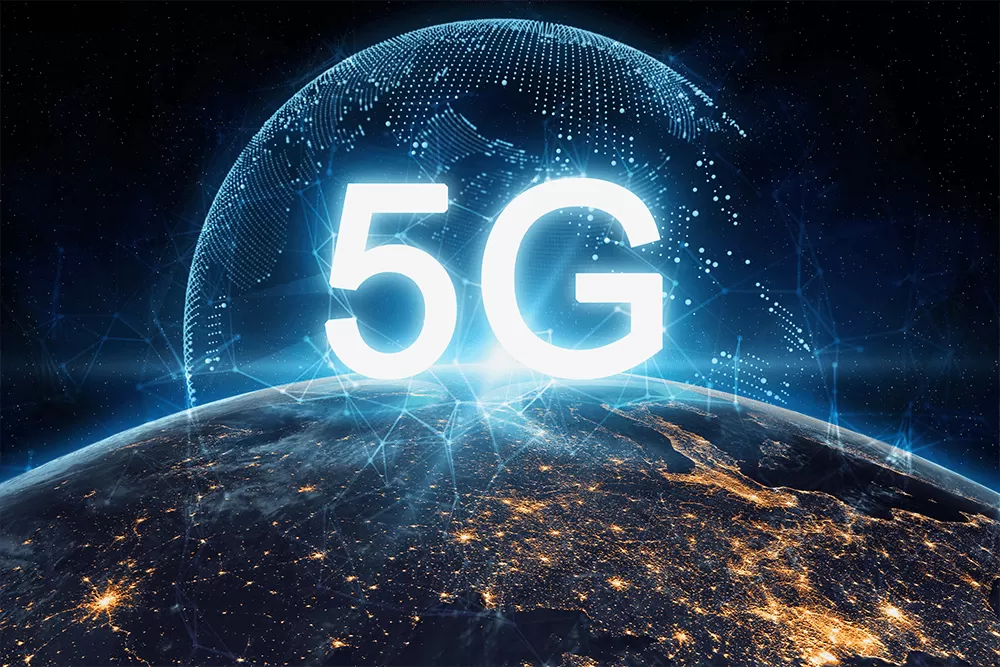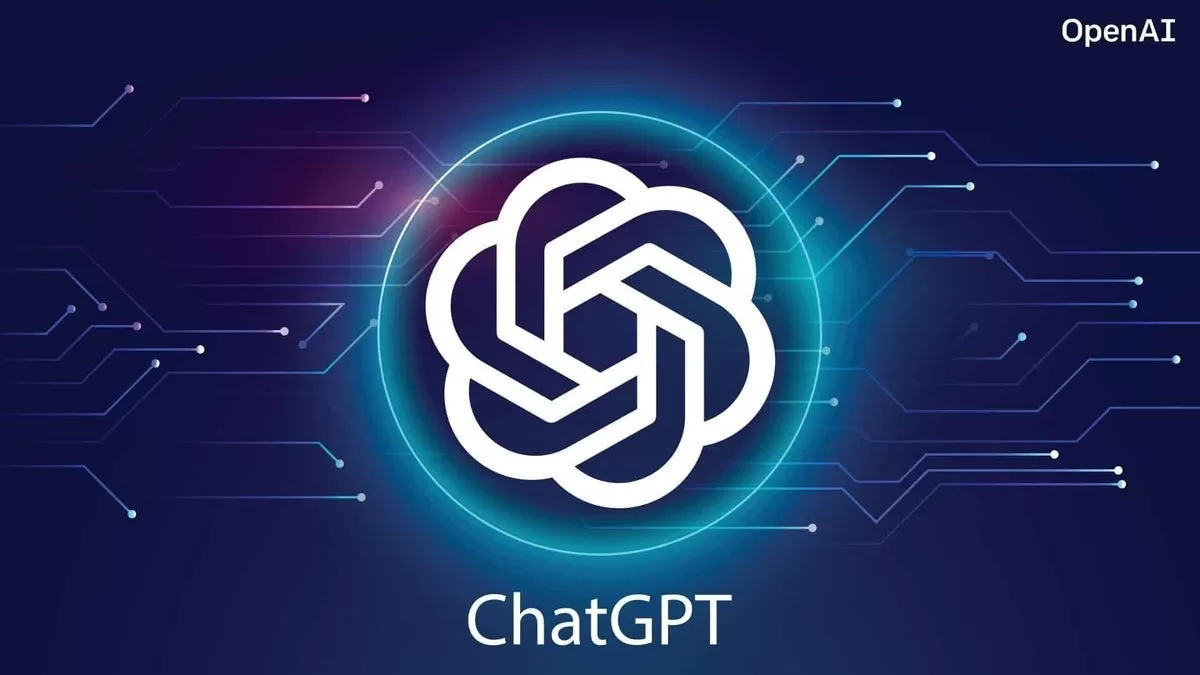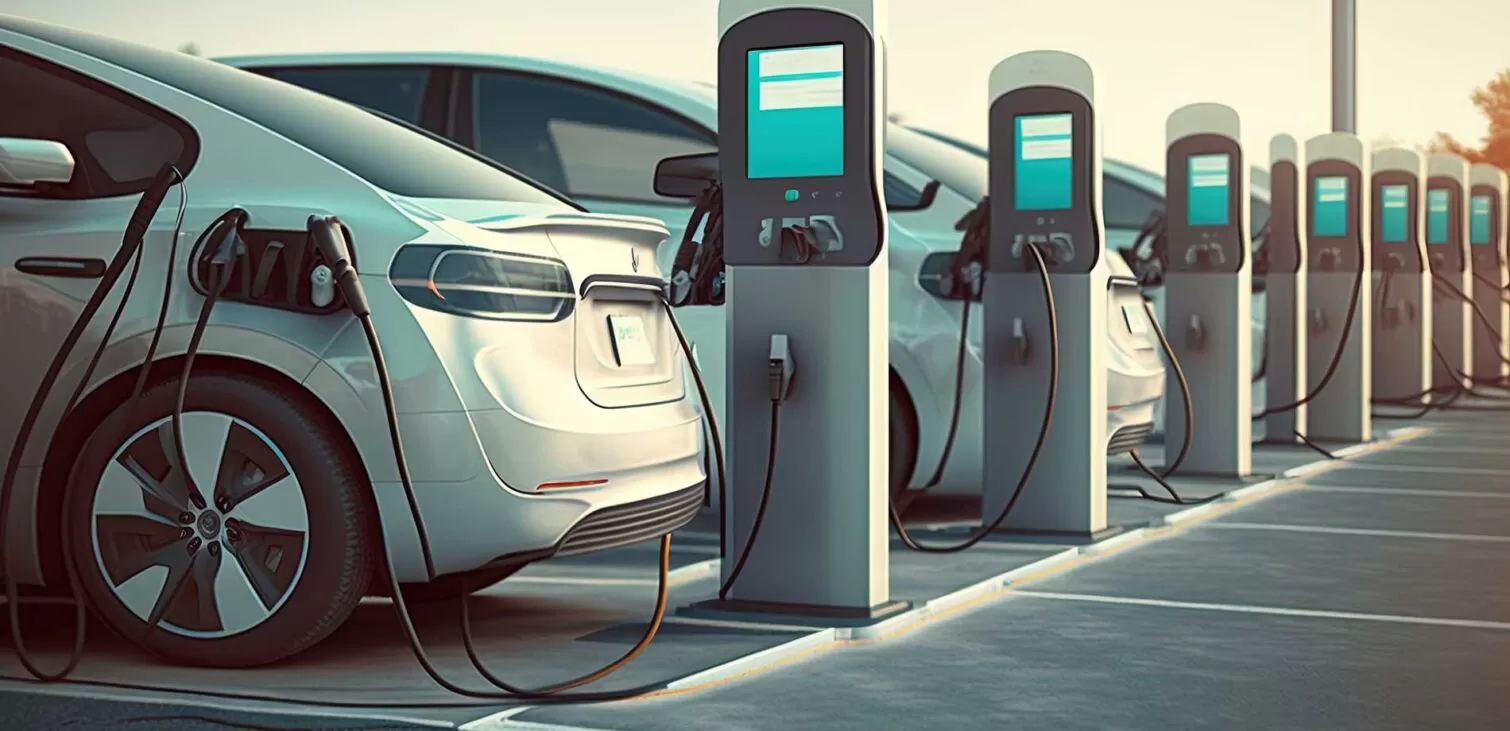The Rise of Wellness Travel: Vacationing With Purpose
5G and Beyond: The Next Wave of Mobile Connectivity

When 5G began rolling out globally just a few years ago, it was hailed as a game-changer — promising blazing-fast internet speeds, ultra-low latency, and the ability to connect billions of devices seamlessly. Now, in 2025, 5G is no longer the future — it’s the present. And as industries and consumers begin to fully embrace this transformative technology, attention is already turning to what comes next. From 5.5G to the early ambitions of 6G, we are entering a new era of mobile connectivity that will extend far beyond faster streaming.
What 5G Has Delivered So Far
5G has already made an enormous impact across a range of sectors. In urban centers, users now experience download speeds up to 10 times faster than with 4G LTE. Latency — the delay between command and response — has dropped to under 10 milliseconds, enabling real-time applications like cloud gaming, AR navigation, and remote robotic surgery.
For businesses, 5G has unlocked new efficiencies. In smart factories, real-time sensors and connected machines boost productivity and reduce downtime. In agriculture, autonomous tractors and AI-powered drones rely on 5G to analyze crops in real time. Meanwhile, healthcare providers have begun using mobile 5G to support remote patient monitoring and even telesurgery in rural areas.
Despite these advances, 5G’s true potential is still unfolding — particularly as networks continue expanding into less densely populated regions and standalone 5G (not reliant on 4G infrastructure) becomes standard.
The Leap to 5.5G: Bridging the Future
Before we reach 6G, we’re already seeing the emergence of what many are calling 5.5G or 5G-Advanced. This next evolution is not merely a software upgrade — it represents a significant improvement in performance, coverage, and intelligence.5.5G is expected to support data rates of up to 10 Gbps, enhance energy efficiency, and offer even lower latency. More importantly, it brings enhanced support for Internet of Things (IoT) use cases at scale — enabling smart cities, automated ports, and connected logistics with unprecedented reliability.
In 2025, leading telecom giants such as Huawei, Ericsson, and Nokia are testing 5.5G networks with success, targeting commercial launches by 2026. AI-native network management is also being introduced, allowing real-time optimization of traffic and resources, creating more efficient and responsive systems.
The Road to 6G: What’s Coming in the 2030s
Even as 5G matures, research on 6G is already underway. Slated for commercial release around 2030, 6G will likely operate at terahertz (THz) frequencies, offering speeds up to 100 times faster than current 5G networks — potentially reaching 1 Tbps.But 6G isn’t just about speed. It aims to integrate communications, sensing, and AI into a single system. Imagine mobile networks that not only connect you, but also sense your environment, adjust based on human presence, and power real-time holographic interactions.
6G will power immersive virtual worlds, seamless multi-device ecosystems, and autonomous systems that rely on zero-latency coordination — like flying taxis, AI-driven health diagnostics, and brain-computer interfaces.Countries like China, the U.S., South Korea, and Finland are investing heavily in 6G research, forming global partnerships and developing international standards to stay ahead in this technological race.
Challenges Ahead: Infrastructure, Energy, and Equity
As we look toward a hyper-connected future, significant challenges remain. The infrastructure required to support 5.5G and 6G — including millions of small cell towers and satellite integration — comes at a high cost. Coordinating global spectrum allocations and ensuring regulatory alignment will require careful diplomacy and policy work.Energy efficiency is another major concern. While 5G is more efficient per bit of data than 4G, the overall energy demand of next-gen networks is increasing rapidly. Telecom companies must balance performance with sustainability, investing in green tech and smarter grid integration.
Finally, there's the digital divide. While urban areas are reaping the benefits of 5G, many rural and low-income communities still struggle with basic connectivity. The risk is that newer technologies could deepen inequalities unless universal access becomes a shared global priority.
Conclusion
The journey from 5G to 6G represents more than a technological leap — it’s a reimagining of what mobile networks can do for society. As we stand on the edge of a new frontier, mobile connectivity is evolving into a foundation for how we live, work, and communicate in the digital age.From smart factories to virtual hospitals and AI-augmented reality, the applications of 5G and its successors will be limited only by imagination and infrastructure. As we move forward, ensuring inclusivity, privacy, and sustainability will be key to ensuring that the promise of this revolution benefits everyone — not just the connected few.


The Digital Detox Dilemma: Is Unplugging the Cure for Modern Stress?

Urban Gardening: How City Dwellers Are Growing More Than Just Food

Digital Twins Are Becoming the Backbone of Smart Cities

The Great Wealth Migration: Why Capital Is Flowing East in 2025

The Great AI Copyright War: Who Owns the Outputs?

The EV Revolution Is No Longer About Cars—It's About Infrastructure

From Credit Boom to Caution: The Story of Consumer Debt in 2025

AI Meets Finance: The Rise of Automated Wealth Advisors and Risk Engines

5G and Beyond: The Next Wave of Mobile Connectivity